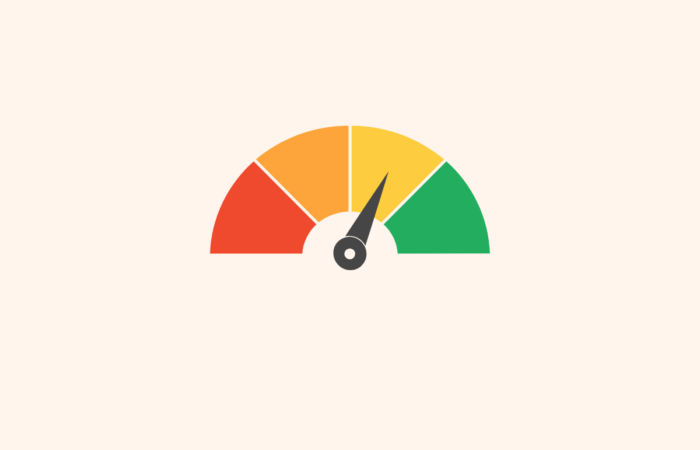
Offre limitée
👋
Inscrivez-vous et recevez le code de réduction 10%
A third party risk assessment is how you figure out whether the companies you’re planning to work with will protect your data properly. Think about it – you’re probably sharing customer information, employee records, or other sensitive data with dozens of vendors. Each one represents a potential point of failure.
Most organizations approach this backwards. They sign contracts first, then worry about security later. A proper third party risk assessment flips this around. You evaluate the risks before you hand over the data.
When your vendor messes up, you’re still on the hook. I’ve seen too many DPOs learn this the hard way during regulatory investigations.
GDPR Article 28 makes this crystal clear. As a controller, you can only use processors that provide “sufficient guarantees” for data protection. That’s not optional language – it’s a legal requirement. Your third party risk assessment becomes the evidence that you actually did your homework.
The documentation from your assessment process becomes your lifeline during regulatory scrutiny. Without it, you’re essentially admitting you took unnecessary risks with données personnelles.
You need to understand what security controls the vendor actually has in place.
SOC 2 reports are popular, but here’s something not everyone knows: there’s a huge difference between Type 1 and Type 2 reports. Type 1 just shows that controls were designed properly at a specific point in time. Type 2 actually tests whether those controls work over several months. Guess which one is more useful?
This part of third party risk assessment often reveals the biggest surprises. Vendors love to give vague answers about data security, but you need specifics. Where exactly will your data be stored? Who has access to it? How long do they keep it?
Different industries have different requirements, obviously. But even within the same sector, vendors vary dramatically in their compliance sophistication. Some have dedicated privacy teams and detailed procedures. Others treat compliance as an afterthought.
Your third party risk assessment should dig into their actual compliance experience, not just their claims. Have they worked with companies like yours before? Can they support your specific regulatory obligations?
Eventually, something will go wrong. That’s not pessimism – it’s reality. The question is whether your vendor can handle incidents properly when they occur.
GDPR requires breach notification within 72 hours, which means your vendor needs to detect, assess, and communicate issues quickly. During your third party risk assessment, ask for examples of how they’ve handled real incidents, not just their theoretical procedures.
Most organizations overcomplicate this process. Yes, you need to be thorough, but you also need to be practical.
Start by categorizing your vendors based on risk. Not every vendor needs the same level of scrutiny during third party risk assessment.
Create questionnaires that focus on your specific concerns rather than using generic templates. Automate questionnaire sending with hoggo.
Don’t forget about ongoing monitoring. Your initial third party risk assessment is just the beginning. Vendor security postures change over time, sometimes for the worse. You can automate vendor monitoring with hoggo.